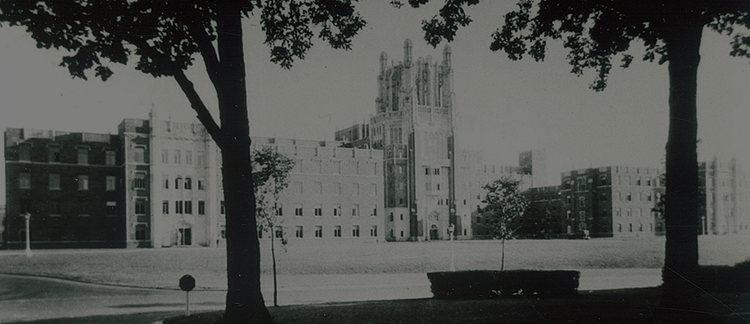Abstract
Introduction: Sacrospinous hysteropexy is a minimally invasive surgical procedure option for apical prolapse repair. Despite a significant number of postoperative hemorrhage and hematoma cases reported in the literature, life-threatening hemorrhage as a complication after sacrospinous hysteropexy is rare. In this case, in addition to sacrospinous hysteropexy, midurethral sling surgery was performed via the needleless technique for stress urinary incontinence. The case presented here is of a hematoma that developed following sexual intercourse on the 10th postoperative day after sacrospinous hysteropexy and its successful management and treatment without re-operation. A review of the literature did not reveal any cases similar to the present one.
Method: Both sacrospinous hysteropexy using the Surelift® Contasure Prolapse System and midurethral sling surgeries were performed without any intraoperative complications.
Case: A 40-year-old, female patient who had undergone both sacrospinous hysteropexy and midurethral sling surgery presented with pain following sexual intercourse on the 10th postoperative day. A hematoma of 4 cm was palpated at vaginal examination on the right posterolateral site and confirmed with computed tomography (CT) and magnetic resonance imaging (MRI). A vaginal tamponade was put in place and removed after 2 days follow-up in the hospital. After two weeks, contrast MRI revealed a hematoma smaller in size and after one month the hematoma was not observed.
Discussion: Vascularity of the sacrospinous ligament (SSL) space includes an abundance of collateral blood vessels and significant anatomical variations can result from anastomosis. Finding and repairing injured vessels during SSL and pararectal area surgeries transvaginally or via laparotomy is difficult even for the experienced surgeon. Although sacrospinous hysteropexy is a minimally invasive transvaginal procedure, adverse effects may result due to the physical trauma of sexual intercourse so the patient should be warned to avoid sexual intercourse during the postoperative recovery period. If concurrent procedures have been performed along with sacrospinous hysteropexy, finding the source of the complication is essential for management and treatment.
Conclusion: Knowledge of treatment options and pelvic vascular anatomy is fundamental for the diagnosis and management of complications. Although the literature is lacking in relevant data and case studies, the example of this case indicates that having sexual intercourse can result in postoperative development of hematoma in the SSL area, and that the patient should be warned to avoid sexual intercourse during the 6-week postoperative period. Vaginal packing should be the first treatment approach for management of intraoperative and postoperative hematoma and hemorrhage.
Keywords: Sacrospinous ligament fixation, bleeding, pelvic hematoma
How to Cite:
Doğan, O. & Pulatoğlu, Ç. & Başbuğ, A. & Yüceer, D., (2017) “A late-onset hematoma developed after sexual intercourse following sacrospinous hysteropexy and mid-urethral sling surgery: case report”, Proceedings in Obstetrics and Gynecology 7(2), 1-8. doi: https://doi.org/10.17077/2154-4751.1344
Rights: Copyright © 2017 the authors
Downloads:
Download pdf
View
PDF

